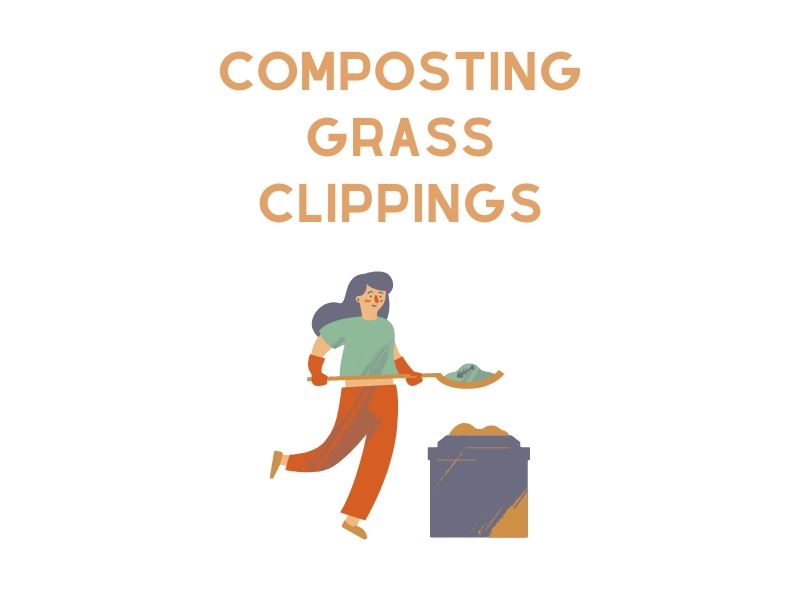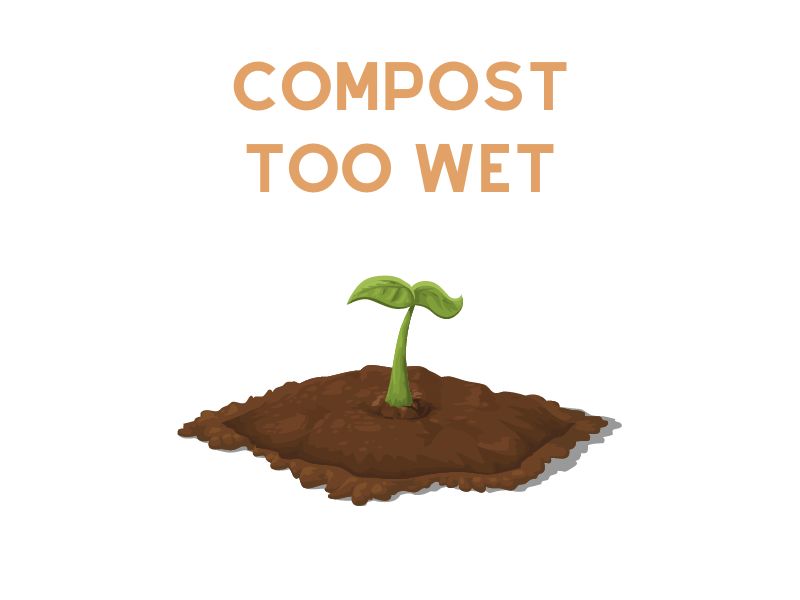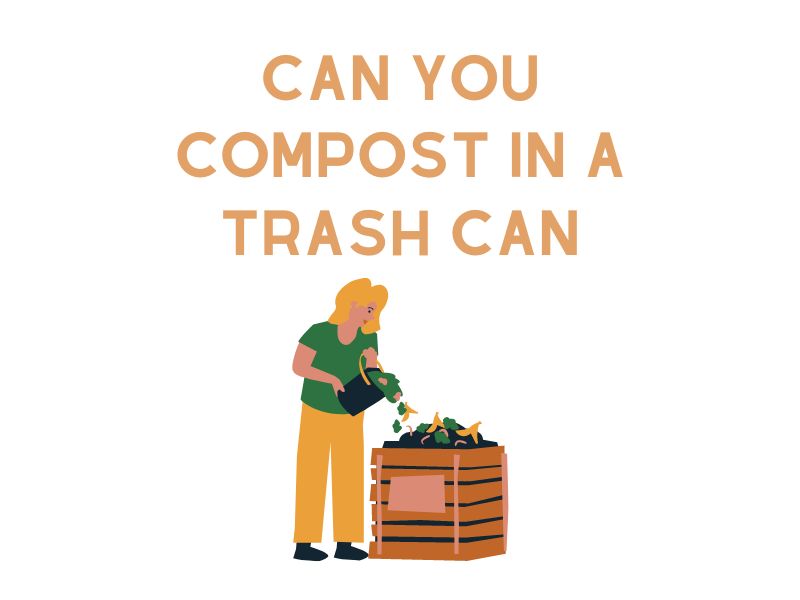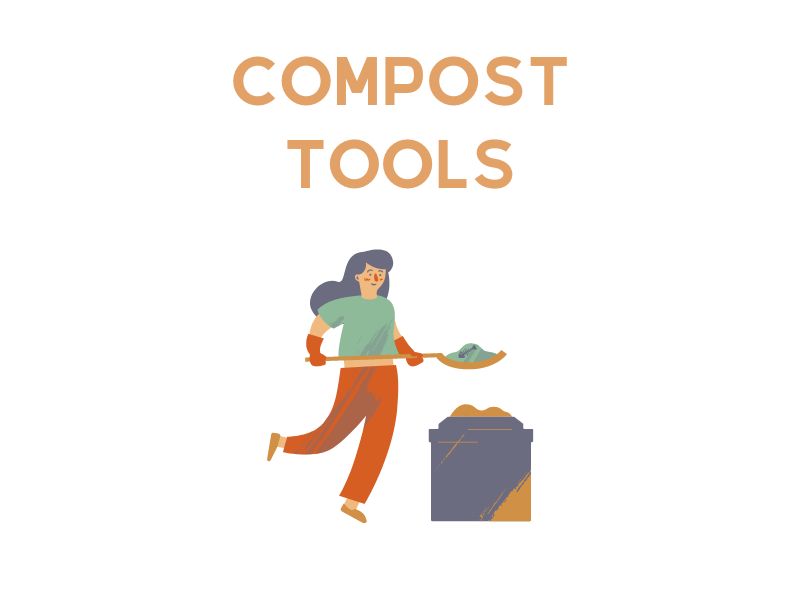Grass clippings are a natural byproduct of lawn maintenance and can be a valuable resource for gardeners. Rather than sending them to landfill, composting grass clippings can be an effective way to reduce waste and promote soil health.
Composting grass clippings provides several environmental benefits, including reducing waste sent to landfills and promoting soil health. When organic matter, like grass clippings, is composted, it creates a nutrient-rich soil amendment that can improve soil structure, retain moisture, and promote healthy plant growth.
This article will cover the basics of composting grass clippings, preparing them for composting, and different composting methods. We will also discuss the best ways to use grass-clipping compost in your garden and answer frequently asked questions about composting grass clippings.
The Basics of Composting Grass Clippings
Nutrient Content of Grass Clippings
Grass clippings are high in nitrogen, making them a valuable addition to compost. When mixed with carbon-rich materials, like leaves or shredded paper, the grass clippings provide the necessary nitrogen for compost to break down properly.
Pros and Cons of Using Grass Clippings in Compost
One advantage of using grass clippings in compost is that they are readily available and free. However, if grass clippings are added to compost in large quantities without enough carbon-rich materials, they can create a smelly, slimy mess that won’t break down properly. Additionally, grass clippings from lawns treated with chemical herbicides or pesticides should not be used in compost.
Factors That Impact Grass Clippings’ Decomposition Process
The speed at which grass clippings decompose can vary depending on several factors, including temperature, moisture, and the size of the clippings. To speed up the decomposition process, the clippings can be chopped into smaller pieces and mixed with carbon-rich materials like leaves or shredded paper.
Preparing Grass Clippings for Composting
Proper Mowing Techniques to Optimize Clippings
To optimize grass clippings for composting, it’s important to mow the lawn regularly and at the correct height. Mowing the lawn to a height of 3-4 inches will leave longer grass clippings that break down more easily than shorter clippings.
Collection and Storage Methods
Grass clippings should be collected in a bag or container and stored in a cool, dry place until they can be added to a compost pile. It’s important to avoid compacting the clippings in the bag, as this can lead to anaerobic conditions that promote the growth of harmful bacteria.
Treating Clippings with Herbicides or Pesticides
Grass clippings from lawns treated with chemical herbicides or pesticides should not be added to compost. These chemicals can persist in the compost and harm beneficial organisms in the soil.
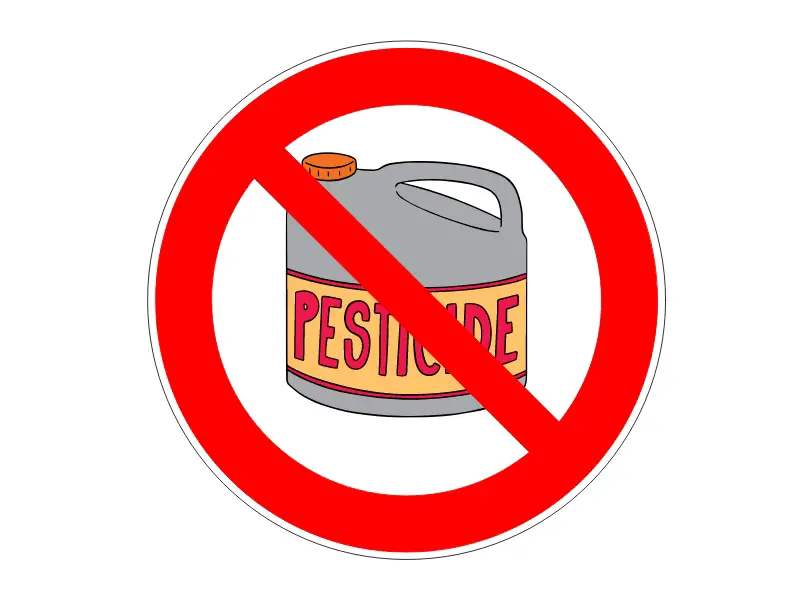
How to Compost Grass Clippings
How to Compost Grass If Chemical Herbicides Have Been Used?
Grass clippings from lawns treated with chemical herbicides or pesticides should not be added to compost, as these chemicals can persist in the compost and harm beneficial organisms in the soil. If you suspect that your grass clippings may have been treated with chemicals, it’s best to dispose of them separately or allow them to decompose on the lawn.
How to Make Compost from Grass Clippings
To make compost from grass clippings, layer the clippings with carbon-rich materials like leaves or shredded paper in a compost pile. The ideal ratio of greens (grass clippings) to browns (carbon-rich materials) is 3:1. Keep the compost pile moist but not too wet, and turn it regularly to aerate it and speed up the decomposition process. The resulting compost can be used as a soil amendment or mulch in the garden.
How to Compost Grass Clippings and Leaves
Grass clippings and leaves can be mixed together to create a balanced compost. Layer the clippings and leaves with other carbon-rich materials like shredded paper or cardboard to create a healthy compost pile. Keep the pile moist but not too wet, and turn it regularly to aerate it and speed up the decomposition process.
How to Compost Large Amounts of Grass Clippings
If you have a large number of grass clippings, it’s important to layer them with carbon-rich materials like leaves or shredded paper to prevent the pile from becoming too wet and slimy. You can also consider using a compost bin or tumbler to contain the pile and speed up the decomposition process.
How to Compost Grass Clippings Fast
To compost grass clippings quickly, chop them into small pieces and mix them with other nitrogen-rich materials like kitchen scraps or manure. Keep the pile moist but not too wet, and turn it regularly to aerate it and speed up the decomposition process. Adding a grass compost accelerator can also help speed up the decomposition process.
Grass Compost Accelerator
A grass compost accelerator is a product that contains beneficial microorganisms that help break down the organic matter in the compost pile. Adding a grass compost accelerator to the compost pile can speed up the decomposition process and create a nutrient-rich compost more quickly.
Using Grass Clipping Compost in Your Garden
When to Use Grass Clipping Compost
Grass clipping compost can be used as a soil amendment or mulch at any time during the growing season. It’s important to wait until the compost has fully broken down and no longer resembles grass clippings before using it in the garden.
Application Methods and Quantities
To use grass clipping compost as a soil amendment, spread a layer 2-3 inches thick over the soil and work it in with a garden fork or tiller. As a mulch, spread a layer 1-2 inches thick around plants, taking care to keep it away from the stems.
Additional Uses for Grass Clipping Compost
In addition to using grass-clipping compost as a soil amendment or mulch, it can also be used to create compost tea, a liquid fertilizer that can be applied directly to plants. To make compost tea, steep a bag of compost in a bucket of water for several days, then use the resulting liquid to water plants.
Best Way to Compost Grass Clippings
The best way to compost grass clippings is to layer them with carbon-rich materials like leaves or shredded paper and keep the pile moist but not too wet. Turning the pile regularly will speed up the decomposition process and help create a healthy, nutrient-rich compost.
- Layer grass clippings with carbon-rich materials like leaves or shredded paper to create a balanced compost pile.
- Avoid adding too many grass clippings to the compost pile at once, as this can create a slimy, smelly mess that won’t break down properly.
- Keep the compost pile moist but not too wet. If the pile is too dry, it won’t break down properly, but if it’s too wet, it can become compacted and anaerobic.
- Turn the compost pile regularly to aerate it and speed up the decomposition process.
- Chop grass clippings into small pieces before adding them to the compost pile to speed up the decomposition process.
- Do not add grass clippings from lawns treated with chemical herbicides or pesticides to the compost pile.
- Use a compost bin or tumbler to contain the compost pile and speed up the decomposition process.
- Wait until the compost has fully broken down and no longer resembles grass clippings before using it as a soil amendment or mulch in the garden.
- Use grass-clipping compost as a soil amendment, mulch, or to create compost tea for plants.
- Remember to balance the greens (grass clippings) and browns (carbon-rich materials) in the compost pile to create a healthy, nutrient-rich compost.
Conclusion
Composting grass clippings can be a valuable way to reduce waste and promote soil health. Grass clippings are high in nitrogen and can be easily composted with carbon-rich materials like leaves or shredded paper. Grass clipping compost can be used as a soil amendment or mulch and can even be used to create compost tea.
We encourage gardeners to compost their grass clippings and other organic waste to reduce landfill waste and promote soil health.
Composting grass clippings can have a positive environmental impact by reducing waste and promoting healthy soil. By composting grass clippings, we can create a valuable resource that can be used to grow healthy, productive plants.
FAQ About Composting Grass Clippings
Can Grass Clippings Be Composted Alone?
Grass clippings can be composted alone, but it’s important to add other carbon-rich materials like leaves or shredded paper to create a balanced compost. Without enough carbon-rich materials, grass clippings can create a slimy, smelly mess that won’t break down properly.
How Long Does It Take for Grass Clippings to Decompose?
The time it takes for grass clippings to decompose can vary depending on several factors, including temperature, moisture, and the size of the clippings. Under ideal conditions, grass clippings can decompose in 2-3 weeks.
Can I Compost Grass Clippings with Weeds?
Yes, you can compost grass clippings with weeds, but it’s important to remove any seed heads or flowering parts of the plant to prevent the weeds from spreading in the compost.
Are Grass Clippings Good for Compost?
Yes, grass clippings are a valuable addition to compost because they are high in nitrogen and help create a healthy, nutrient-rich compost.
Are Grass Clippings Green or Brown Compost?
Grass clippings are considered a “green” compost material because they are high in nitrogen. Brown compost materials, like leaves or shredded paper, are carbon-rich materials that balance the nitrogen in the compost pile. To create a healthy, nutrient-rich compost, it’s important to have a mix of both green and brown materials.

